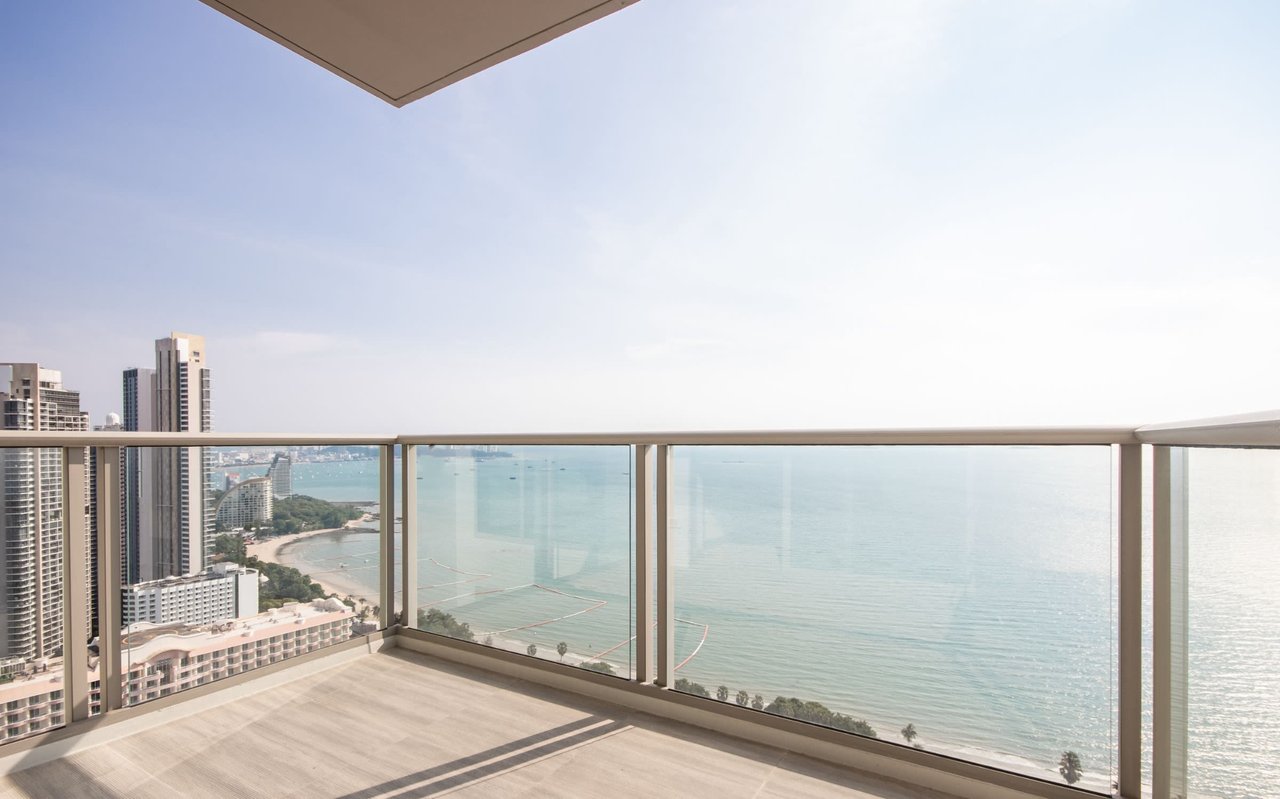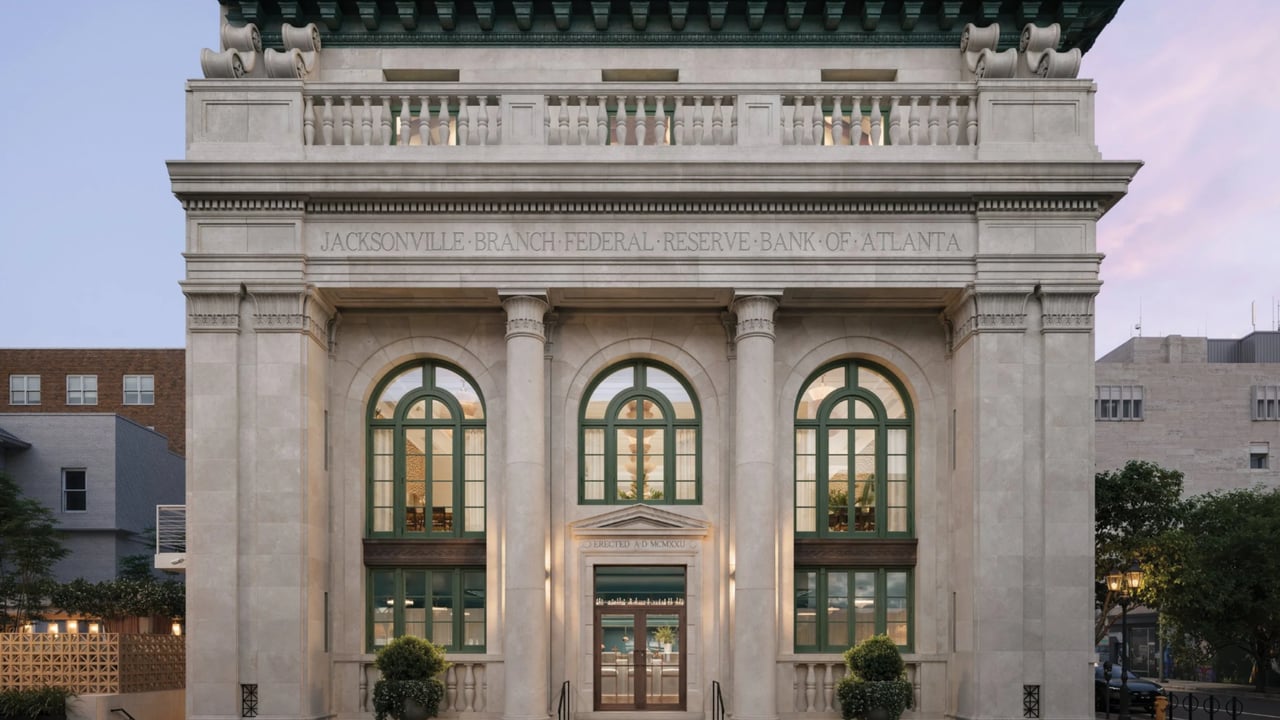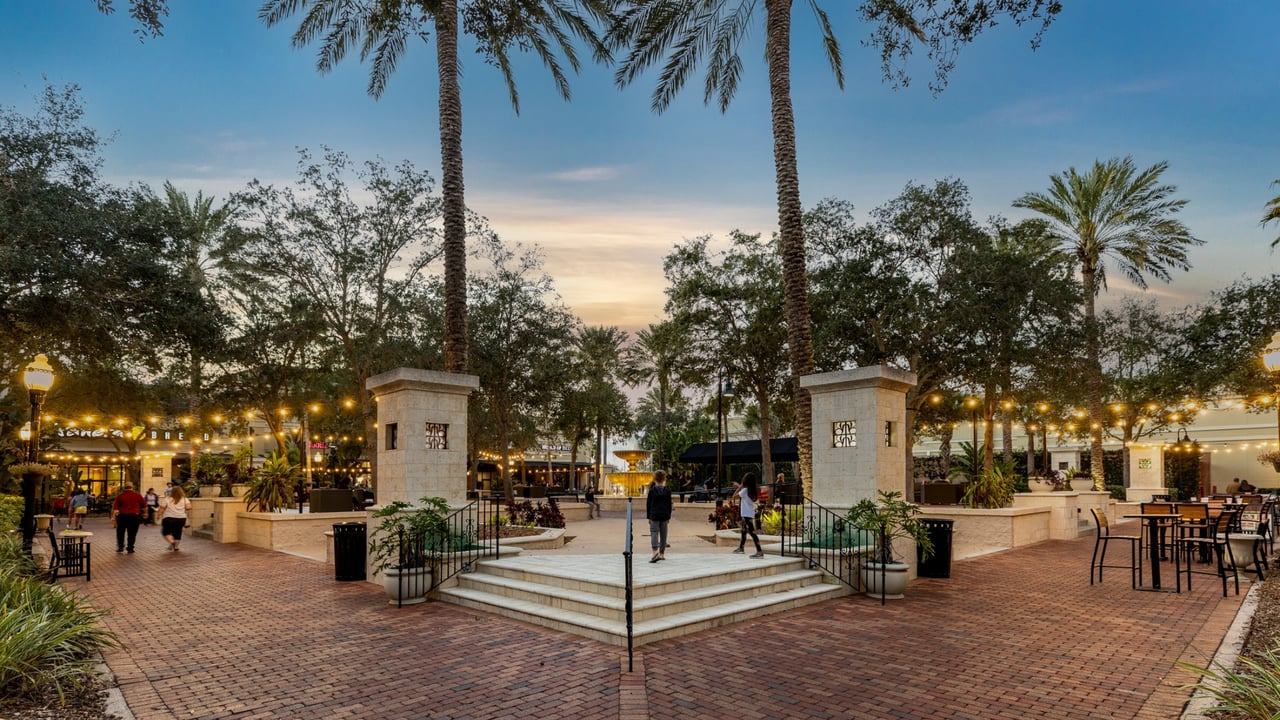“Investors are choosing assets in areas that will be resilient and are avoiding areas that will be exposed to increasing risks. They also are investing in the resilience of individual assets through measures such as energy efficiency, innovative design, and operational planning.”
Brodie Boland
Partner at McKinsey & Co.
The real estate industry and key real estate investors are re-evaluating their purchasing practices and portfolios in the wake of natural disasters ranging from raging wildfires to extreme flooding that are creating economic uncertainties in global markets.
With regulators developing new reporting standards, governments enacting laws that restrict emissions and tenants demanding sustainable buildings, the industry has the chance to play a critical and leading role in the transition, according to “Climate Risk and the Opportunity for Real Estate,” a February 2022 report by McKinsey & Co.
Because real estate generates some 39% of global emissions, the report notes, “real estate is central to global climate change mitigation efforts.”
The industry has already begun to lead the way.
“Leading real estate players are figuring out how to assess climate risks and incorporate them into their capital allocation, asset selection, and asset management processes,” says Brodie Boland, a partner at McKinsey & Co. and a co-author of the report. “They are choosing assets in areas that will be resilient and are avoiding areas that will be exposed to increasing risks. They also are investing in the resilience of individual assets through measures such as energy efficiency, innovative design, and operational planning.”
Noting that the impacts of climate risks will be uneven in geographic areas across the globe, Boland says buyers are avoiding or discounting high-risk areas. “Many of the areas are surprising—it’s not all coastal areas,” he says. “Some places will experience heat levels that reduce their attractiveness or even threaten life and health. Others will experience heavy rains, or, conversely, drought.”
The industry is responding in a variety of ways, says Mark Bearak, principal architect of New York City-based dtls.Architecture and an adjunct professor at Barnard University.
“Smaller projects use ecologically sensitive materials, more efficient mechanical systems, and far superior insulation,” he says. “On a larger scale, cities encourage designs that elevate mechanical floors in flood-prone areas, enforce solar panels and green roofs on new structures, and institute performance standards like passive buildings.”
New York and California, which have updated their building codes to plan for 100-year events, are leading the way on sustainability, Bearak says, adding that savvy investors conduct extensive research before buying.
Under New York City’s Local Law 97, one of the most far-reaching sustainability measures in the nation, most buildings will have to meet stricter energy efficiency and greenhouse gas emissions standards starting in 2024, with the goal of reducing them 40% by 2030 and 80% by 2050.
Economic Outlook and Optimism
WSJ Intelligence’s Consumer Confidence & Economic Monitor Study, published in September 2023, which surveyed 733 Wall Street Journal readers, found some signs of optimistic outlooks.
Do you believe that you and your household will be better off or worse off financially one year from now?
OCTOBER 2022
22%
SEPTEMBER 2023
33%
% OF READERS WHO BELIEVE THEIR HOUSEHOLD FINANCES WILL BE MUCH BETTER OFF IN THE NEXT YEAR
Source: WSJ Intelligence Consumer Confidence & Economic Monitor Study, September 2023
Do you think that the nation’s economy will get better, get worse, or stay about the same?
OCTOBER 2022
12%
SEPTEMBER 2023
18%
% OF READERS WHO BELIEVE THE ECONOMY WILL GET BETTER IN THE NEXT YEAR
Source: WSJ Intelligence Consumer Confidence & Economic Monitor Study, September 2023
And in California, an environmental pioneer, the two latest initiatives, part of the state’s ground-breaking Climate Accountability Package, place stringent greenhouse-gas reporting requirements on major companies.
It pays to be diligent when building or buying, he says, because “neighbors can have different rules and conditions on each block.” His advice? “Research FEMA flood maps and fire-prone zones. Don’t rely on past climate events in the area.”
The website HabitableLiving.com, which offers free online climate-risk ratings for every property in the U.S. and Canada, is one tool that potential buyers, builders, and investors can use to make informed decisions.
Each market responds to climate change differently. In Hong Kong, one of the world’s leading financial centers, buyers are diverse and dynamic—and prompt to respond to economic and environmental issues, quickly moving to more stable markets, and selecting modern residential buildings that are energy efficient.
"On environmental, social, and governance, and green buildings, the Hong Kong government is speeding up in leading various organizations to support developers on green financing,” says Franky Cho, chief operating officer, List Sotheby’s International Realty, Hong Kong.
The building industry, he adds, is responding to consumer demand, delivering sustainable luxury condos packed with modern amenities. “A lot of reputable builders make environmental, social, and governance and green buildings a key priority, as we know that environmental issues can only be solved with full attention from leaders. Architects also are paying more attention and are considering the impact on the neighborhood when they are designing and building properties.”
Helen Gurfel, head of sustainability and innovation at CBRE Investment Management, a global real assets manager, says resilience is an ongoing process that includes “effective governance, responsiveness, dependable infrastructure, vision and active planning, financial resilience, adaptive capacity, and investment in technology/innovative solutions.”
Savvy real estate investors, she says, take a holistic approach to sustainability as climate risks “will have significant impacts on real estate markets and assets.”
Those impacts—insurance risk, business continuity, disaster recovery, bottom-line expense, obsolescence risk, reputational risk, and regulatory risk—can, in the long term, lead to the displacement of communities, she says.”
It is not only a question of the location of a property that might determine potential risks but also the resilience of the asset itself,” she says. “Was the asset designed and built with features to withstand climate-related hazards?” At CBRE Investment Management, they use “industry and proprietary tools to evaluate risk for each investment during due diligence and throughout the investment life cycle,” she says.
A focus on climate change, she adds, “is fundamental to maximizing long-term investment returns by mitigating risk and taking advantage of opportunities to enhance value.”
She says investors should evaluate not only the physical property but also the ability of the community to respond and adapt.
Gurfel says investors should focus on climate adaptation—reducing the environment’s physical impact on assets—as well as climate change mitigation—reducing the impact of assets on the environment to enhance their value to users and prospective purchasers.
“Climate change mitigation is done through decarbonization efforts, focusing resources on efficiency, electrification and renewable energy,” she says.
Sustainable Destinations And Climate-Safe Spots
Where is sustainability a top priority, and where are the world’s most stable places to live in terms of climate?
Savvy real estate investors can look to studies and data-driven reports that identify and rank the most sustainable cities, as well as the most climate-stable ones around the globe, to plan for the coming decades.
FOCUS ON SUSTAINABILITY
“Sustainability is the key to urban prosperity,” notes the 2022 edition of the Arcadis Sustainable Cities Index, created by Arcadis, a global design and consultancy firm, whose rankings are determined by three factors—impact on planet, people, and profit. “To be truly sustainable, cities must look beyond economic development to the health of their natural environment and the quality of the life of the people that live there.”
Oslo, Norway, heads the Arcadis list with an overall ranking of first in the category of planet, 17th in the quality of life of people, and 39th in profit. Stockholm, Sweden, ranks No. 2 overall, followed by Tokyo, Japan (the only Asian city in the top 20), Copenhagen, Denmark, and Berlin, Germany.
Only two U.S. cities—Seattle, Washington, and San Francisco, California—made the top-10 list, according to the report, which notes that while they dominate in the profit sector, their downfalls are in the planet and people categories.
But even these top-ranked cities, according to the report, cannot “rest on their laurels…they must consider how they will maintain their prosperity in the face of the four megatrends of urbanization, climate change, digitization, and changing societal expectations.”
CLIMATE-SAFE CITIES
To determine the most climate-safe cities in the U.S., CoreLogic, the California-based customized data-services company, uses a Climate Risk Analytics: Composite Risk Score to rank cities on natural hazards on a scale of 1, the lowest risk, to 100, the highest.
CoreLogic’s 2022 study of single-family residences factors in not only the impact of natural disasters on a particular piece of property by its geographic location, but also individual characteristics that make it resilient or vulnerable to natural hazards, climate change, and their impacts on the built environment.
The study evaluated environmental risks to 154 million U.S. properties, identifying 124 current least-risk counties that have a score of 1 and projecting by 2050 the top 10 states that will remain least risky, assuming little to no reduction in greenhouse-gas emissions in the face of climate change.
New Mexico and its McKinley county, which is west of Santa Fe and Albuquerque, topped the list. Colorado and the counties of Conejos, Summit, Saguache, Eagle, San Juan, and Chaffee also made the cut, as did Utah and its Duchesne and Emery counties. Washington and its Spokane county also are on the list.
“These counties have little exposure to hurricane risk and only moderate exposure to wildfire, inland flooding, and severe convective storms,” according to the report, which adds that “while these perils are projected to have an increasing impact on these communities in the projected climate-change scenario, the risk remains low relative to the elevated risk projected for other regions.”
On the global front, the most resilient cities include London, Singapore and Paris, according to an index developed by Economist Impact, which issues reports on big-theme topics.




